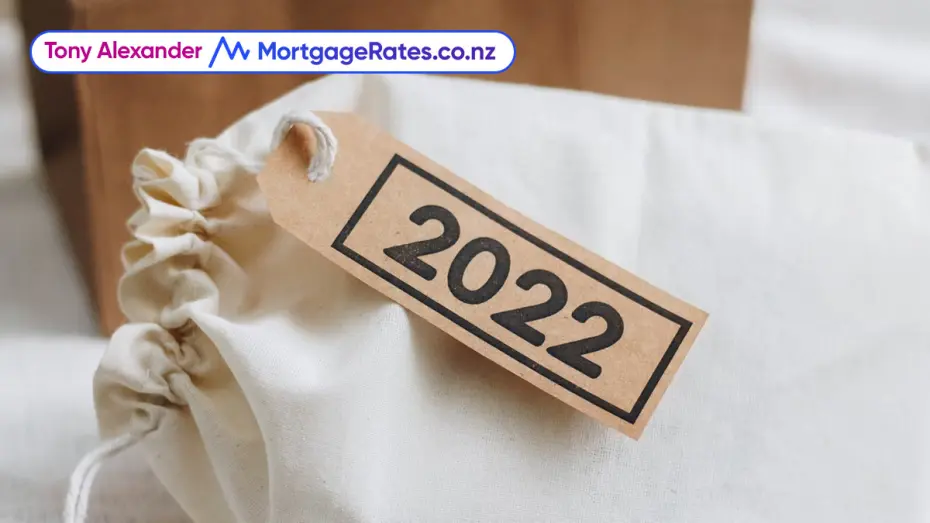We started 2021 with the average one year fixed mortgage rate at 2.49%, the three year rate at 2.65%, and the five year rate 2.99%. For the second half of 2020 and through until 3-4 months ago I noted as strongly as politely possible that if I were borrowing at the moment, I would be inclined to fix for five years at 2.99%.
My position reflected an expectation that strong economic growth in our economy and building inflationary pressures would eventually force some decent upward movement in borrowing costs from the lowest any of us have ever seen.
As it turns out my rate rise expectations were too optimistic from a borrower’s point of view. We now have the one year fixed mortgage rate commonly near 3.65%, the three year rate 4.69% and the five year rate 4.95% at best.
Rate increases have been speedier than expected
The speed with which rates have risen is the fastest we have seen since shortly after fixed rates were made available in New Zealand in the early-1990s. The cause of the sharp rises has been an expectation that the Reserve Bank will need to raise the official cash rate towards 2.5% or more in response to a string of much stronger than expected economic numbers.
The unemployment rate has fallen to an equal record low of 3.4% which is almost 2% lower than Treasury for instance thought we would be experiencing now when they wrote their Budget in May.
The inflation rate is 4.9% which is almost double the 2.5% rate the Reserve Bank predicted in May that we would be experiencing now. Businesses are reporting extreme difficulties sourcing labour and wages growth is accelerating. Construction costs are rising along with consumer goods prices on the back of higher shipping charges and production interruptions offshore.
Next year we are unlikely to see mortgage rates rise to the same degree as we have seen in 2021. But additional rises are expected, especially for the 1-2 year fixed rates which are influenced more by where the Reserve Bank has its official cash rate now (0.75% currently) than expectations for where it will be down the track.
As the year advances many people will postulate that because the housing market is receiving an extra flattening from the credit crunch caused by lending rule changes, the Reserve Bank won’t necessarily raise its cash rate all that much. But the central bank’s target when altering interest rates is not house prices or turnover in the housing market.
Their target is inflation 18-24 months in the future, and to gauge that they will be concentrating on the strength of the labour market and wages growth, business pricing practices, the outlook for the economy overall, and people’s expectations for where inflation will go.
These things are affected by a lot more than whether house prices are rising 5% rather than 25%, and most of the indicators for these inflation-driving factors suggest high inflation in New Zealand for a sustained period of time.
Fixing for 2 - 3 years is recommended
Therefore, for most borrowers, while fixing five years might now be a tad expensive in the context of interest rates the past few years, fixing 2-3 years is probably the optimal decision for most. Some people plan to keep rolling at one year fixed interest rates and that is a good strategy. However, experience tells us that there comes a point in every interest rates cycle where people panic about where the one year fixed rates might go as they climb. That leads them to lock into the by then relatively cheaper five year fixed rates at exactly the wrong point in time.
So, if you’re going to fix one year you have to remind yourself to keep doing so in the next three years as interest rates go higher, so you can ride the rates cycle downward when the Reserve Bank next needs to inject some stimulus into our economy.
Go to www.tonyalexander.nz to subscribe to my free weekly “Tony’s View”.



